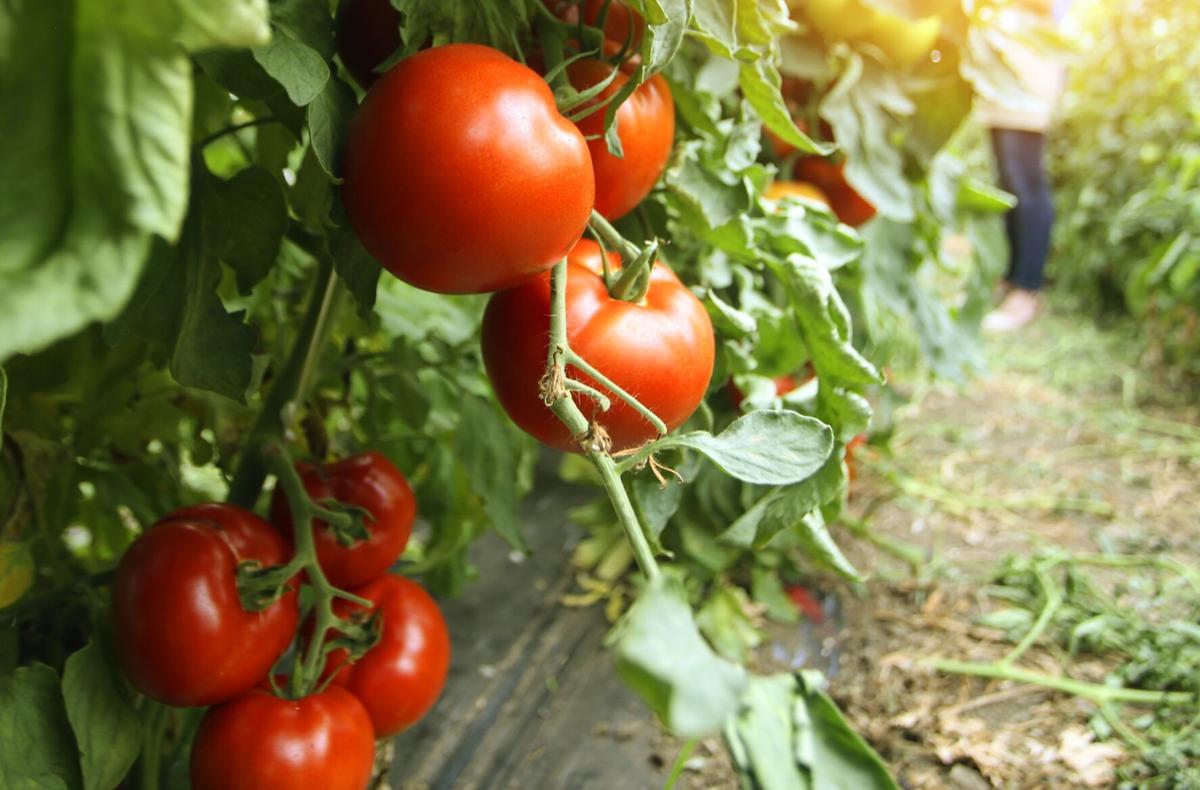Sometimes it’s just not a good time to put a plant in the ground. In most climates, people tend to pause planting during the winter months, and focus planting in spring and summer. Our desert climate makes things a bit more complicated, but it also allows us to plant almost all year round — if we choose the plants correctly.
The Sonoran Desert has five seasons: Spring, dry summer, wet summer, fall and winter. The only time that may be rough for planting is the dry summer (usually May and June), but you can plant native cacti during that time.
Winter and spring
Late winter and early spring is a great time to plant in the Sonoran Desert. Particularly in wet years, your plants will get a bit of rain to help them establish and temperatures will be cool so they won’t be exposed to our crazy heat for a few months. The sun is also lower in the sky and thus less intense.
Generally, the best months are December through February. I usually don’t plant much past early March since April can be very hot and dry and plants don’t have enough time to establish before then.
There are a number of different plant categories that you can plant this time of year. Basically any plants that aren't susceptible to frost can be put in the ground. This includes deciduous and winter-dormant plants such as fruit trees, roses and native trees like desert willow. In addition, many native and non-native plants that don’t mind some cold can be planted.
In winter, you can also plant cool season vegetables like lettuces, root vegetables and cabbages and cauliflowers. Once things warm up a bit (late March) you can start planting warm-season veggies. For a more complete list, and details on whether to plant from seed or seedlings, check out the Tucson Organic Gardeners planting calendar.
Wet summer
Thanks to our monsoon, you can plant native plants and sow native wildflower seeds during our wet summers. This is usually July, August and into September. Of course, you are taking a bit of a risk, since if the monsoon rains fizzle your plants will have a difficult time. That’s why when planting in the Sonoran Desert it’s always a good rule to install your irrigation system first, and then the plants.
Examples of native plants you can put in the ground during monsoon include native cacti, palms, agave, yucca, ocotillo, creosote bush, native desert trees like mesquite and ironwood, and many other native perennials.
Monsoon is also a great time for food plants like corn, beans and squash, as well as other plants like melons that love the heat and sun. You can also plant citrus trees but be sure to get the irrigation in first.
Fall
Fall is another great time to plant in the Sonoran Desert. Fall is usually late October and November. The soil will be warm and we still have lots of sun (but not too much). Native perennial plants of all kinds will be happy to be planted this time of year.
Once temperatures cool down in October, you can also start planting cool season vegetables and non-native perennials and annuals. You will have lots of time to enjoy them, since we usually don’t get frosts until December. Many non-native plants are completely unfazed by our so-called winters, so these are frequently fine to plant even into the winter months, particularly if they’re winter-dormant.
Some caveats on planting seasons
May and June are reliably hot and dry, and are considered our dry summer season, so they are not good months to plant; however, if you have cacti or other heat-loving plants that you must plant this time of year, they should be fine with regular supplemental water.
September and October straddle the monsoon and fall and vary from year to year. If we’re having a good monsoon that is running into mid September, it’s probably OK to plant heat-loving natives. October is usually pretty dry, but temperatures can vary quite a bit. To be safe I usually wait until temperatures have dipped below the 90s, which is usually late October.
Regardless of when you’re planting, remember that all plants (including native ones) will need supplemental, regular waterings for the first two years until their roots establish. The water has to reach the roots, which means soaking the soil down 12 inches for small plants, 18-24 inches for shrubs, and 3 feet for trees.
Always have a watering system in place when planting. I have learned this the hard way. Even if you like hand-watering, you will need some type of water delivery system that gets the water to the roots of the plant on a regular schedule. I recommend drip irrigation. A grey water basin is another good option, assuming that you have a backup plan for when it malfunctions or when you’re out of town.
Be sure to check out our new guide at tucne.ws/plantingcalendar for more information on planting seasons in the Sonoran Desert, and a visual on when to plant what.
Growing a garden is a big responsibility, but have you even lived if you’ve never tried a fresh veggie? I mean the kind picked 30 seconds before eating! You have to think of it as a hobby you can eat. Buzz60’s Maria Mercedes Galuppo has the story.





